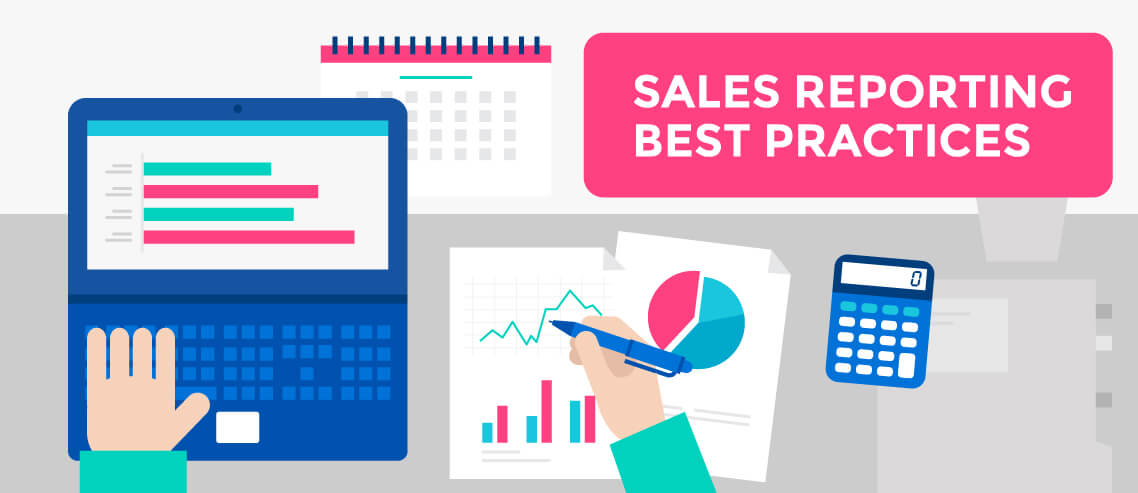15 B2B Cold Calling Tips to Boost Your Success Rate (& Keep It Fun)

Contents
Believe it or not, cold calling success isn’t about the script you use or the structure of your call.
Those are important elements, of course, but they aren’t what matters most.
What does move the needle, you ask?
Keep reading to learn 15 advanced cold calling tips that anyone can master — all but guaranteed to boost your success rate and help you hit your numbers faster.
Let’s dive in…
15 Cold Calling Tips
- Target the Right Prospects
- Set the Right Expectations and Goals
- Use the Right Script
- PRACTICE, practice, practice
- Get Through to the Right Person
- Make Your Reason for Calling Clear Immediately
- A Lesson from Stevie Wonder
- Pay Attention to Your Body Language
- Have a Plan for Handling Objections
- Anticipate Questions
- Don’t take it personally ?
- Document the Call
- End the Call With an Action
- Follow Up
- Make Your Call Matter
Target the Right Prospects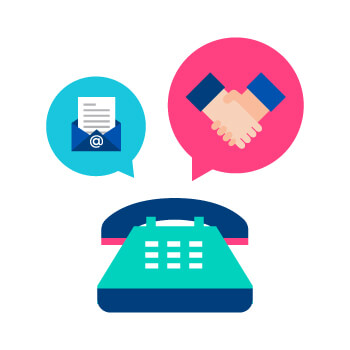
Narrowing down your qualified prospects can take some time, but it’s better than wasting time tearing through a list of contacts you have no chance of closing. You want your prospects to be as qualified as possible to maximize your time and resources.
In addition, ideally your first contact with a prospect won’t be a cold call. Warm them up by reaching out via other channels first (think InMail, Twitter, email, or a postcard) so that when they do get a call from you, they’re at least somewhat familiar with your name.
Set the Right Expectations and Goals
When you make a cold call, what are you expecting to get from it? If you answered “A sale,” you’re doing it wrong.
Your objective is to get leads so you can move them through your sales funnel. For a cold call to be successful, it should result in a follow-up action, such as scheduling a meeting, setting up a demo, or sending additional information via email. Your goal isn’t to make a sale, but to establish contact and move your lead to the next step. That’s all.
Whatever your goal, it needs to be clear and actionable. Without this, your call is going to be pretty pointless.
I recommend you set a small goal to get you started and celebrate every time you hit it. As your success rate climbs, you can adjust your goals too, and you will see a gradual improvement in your efficiency and success rate.
Use the Right Script
It’s hard work to get prospects on the phone, so when you finally do make contact, the last thing you want to do is botch the opportunity with a terrible sales pitch.
So should you use a script or not?
Many salespeople believe they’ll sound robotic or phony if they use one – but this is usually only true if they don’t practice or use it effectively. The advantage of using a script is that you don’t have to reinvent the wheel every time you call a prospect.
Scripts take the guesswork out of what to say when you get your prospects on the line. You’re not wasting valuable time making small talk, adding useless filler, or trying to figure out what works and what doesn’t.
Instead, you’ll be able to stick with your objectives and make it clear why you’re calling. Scripts work very effectively when you think through your sales process and know exactly what you should be saying to turn a cold prospect into a warm lead.
There’s an art to writing an effective sales script, though. Before you decide to use one in your sales organization, make sure you’re working with a professional who can help you get the most out of every word.
PRACTICE, practice, practice.
You must know your product cold.
Know what you’re talking about. Do your research before you start calling potential clients. Understand the problems your product solves and how the potential client will use it – and then practice communicating this with them.
Remember: You have 10-15 seconds to get their attention, so make sure they count.
A lack of practice is where failures tend to happen — either by the sales organization or by the overconfident “how hard can it be to call” sales rep.
The first is a BIG company failure. (That’s not on you, sales rep.) The second can be resolved very fast. (But only if you apply yourself! This one is totally on you, rep.)
Think about actors for a moment…
The best actors in the world practice like crazy before a role. They deep dive into the role and become the character they’re going to play.
In 1989, when Daniel Day-Lewis starred in the film My Left Foot, in which he played an Irishman with cerebral palsy, Lewis did not leave his character’s wheelchair. Crew members were required to spoon-feed him. He also adopted his character’s slumped posture, which eventually caused two of his ribs to break.
I´m not saying you need to go to those extremes, but to become great at your work, you need to practice!
First, make a script. It will help you stay focused, especially in the beginning. Think of the script as your wingman. When you need support, it’s there.
RELATED: How to Create Your Own Cold Calling Sales Scripts
As you grow more comfortable with your script, you’ll start to personalize it. Eventually, you’ll have a unique script that fits within the framework but is all “you.”
Now, let’s look at 3 ways to practice delivering your script.
1. Listen to others and let them listen to you.
This is more helpful than you might realize. Some years ago, I managed an outbound call center, and every time we started a new employee, we quickly got them up to speed by giving them:
- A predefined script
- 1:1 training without the phone (role playing)
- Dedicated time for listening to some of our best reps
Later we let them try it themselves — with one of us listening to them and giving them constructive feedback. Using this approach, you never feel alone. You listen and learn from the best.
2. Practice with your colleagues, manager, etc.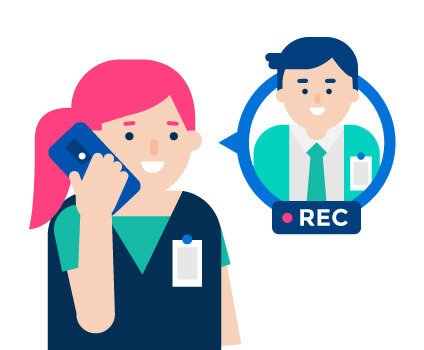
You will find your own style — and the more natural it sounds (be you), the better and more confident you will feel. (And I promise, the people you call will feel it.)
There is also a ton of software that lets you tape your sales calls so it’s easy to review your calls for training and to be sure you follow the script.
RELATED: The Complete List of Sales Prospecting Tools
3. Focus on your voice.
Remember, on cold calls, you can’t display your body language or facial expressions. Your voice needs to communicate everything. You’ll do that by moderating your pacing, your tone of voice, and your volume.
Pace. Speak a little faster than the person you speak to. That will help them feel like you’re thinking and working in sync. People from different regions can have completely different pacing, so pay attention to the other person’s speaking style, and then adapt to it.
Also, vary your pacing. If you use the same flat pace with no variation, it will sound boring (and scripted). It sounds more conversational to vary your pace, depending on what you’re saying.
Tone of voice. Similarly, you should change your tone, depending on what you are talking about. This can be difficult at first, but when you begin to lower and raise your voice at the right places, it tells your listener that you’re engaged and interested.
Volume. I´m not recommending you scream but speaking out a little louder than you normally would transmits security and confidence
Get Through to the Right Person
This one might sound obvious, but sales reps will know it’s trickier than it sounds.
One of the biggest reasons cold calling can be frustrating is that it can be a struggle to get around gatekeepers. Ideally, this is where your previous outreach via LinkedIn or email can be helpful with name recognition.
Even if you think you know who you’re supposed to be contacting, don’t always assume you have the right person. Your pre-call research should reveal who you need to speak to at a particular company before you call, but job roles change, and sometimes different departments or decision-makers are involved that you might not be aware of.
So it’s important to confirm if the prospect is the appropriate contact as soon as you get them on the line. Just ask them (or the gatekeeper) – and if they aren’t the person you need, hopefully they’ll be willing to connect you with the right decision-maker.
Take it a step further by asking for an email address or the best time to call so you don’t end up in an endless phone tag session. Remember, it can take an average of eight attempts to connect with someone on the phone and turn them into a lead.
If you have absolutely no idea who you need to talk to, your first priority should obviously be to get a name and a direct line or extension. Auto attendants can be a cold calling goldmine if there’s a company directory you can browse through.
Make Your Reason for Calling Clear Immediately
When your prospect answers, you’ve got about 30 seconds to make a good impression.
According to a recent cold calling challenge, one of the best ways to do this is to say something along the lines of “I know I’m interrupting you; can I have 25 seconds to tell you why I called, and then you can decide whether to hang up or learn more?”
It’s a unique, attention-grabbing “in” that also gives your prospect an “out.”
A Lesson from Stevie Wonder
Weirdly, the #1 cold calling tip can be summed up in an old Stevie Wonder song.
Here’s what I mean by that…
It might not be the first thing you say to someone when you cold call them, but Stevie Wonder nailed it with his lyrics, “I just called to say I love you. I just called to say how much I care.”
My tip? You must have the right mindset.
To truly succeed at cold calling, you need to care about the person on the other end of the line. Treat them as a person, not a phone number. And to express that concern, you need to have a positive mindset.
Think about it…
Your mindset affects your tone of voice. When you’re feeling positive and upbeat, your voice is brighter. When you’re tired, depressed, or angry, it’s flat and less inviting.
All of this gets transmitted to the listener. And it sways them unconsciously to stay on the line… or not.
So Tip #1 is this: Go into your cold calls with the right mindset.
Now, to be clear. It doesn’t change the fact that you’ll get a ton of nos, but as the old saying goes, “No is one step closer to the Yes.“
With the right mindset, you’ll stay positive and upbeat no matter what. Even more important, you’ll brush off negativity and respond to the nos politely and professionally.
Pay Attention to Your Body Language
It seems odd but it works. It’s hard to “fall asleep” or “be boring” when you move your body in the right way.
Here’s how to do this:
- Stand up while calling.
- Put a smile on your face.
- If you have the option to walk around a bit, you will be surprised how much it affects your tone of voice and confidence.
One piece of advice: If you start pacing up and down the office floors, your co-workers may not like it, so make sure it’s ok with your colleagues. ?
Have a Plan for Handling Objections
You will get objections. Period.
If for no other reason, you’ll get objections because your prospects get calls all the time, and their default response is one of 3 things:
- I don’t have time.
- Send me an e-mail.
- I’m not interested.
So be prepared with a response that disrupts this default pattern. Just make sure it fits into the goal of your call (meeting, trial, or a direct sell).
RELATED: Call Mapping: What It Is, and How to Incorporate It Into Your Sales Process
Anticipate Questions
Similarly, no matter how much you want to stick to your script, if your prospect is engaged then they will have questions.
One of the easiest ways to turn off your prospects is not being able to answer their questions or stumbling over their objections. The best sales reps are forward-thinking about the questions or objections they’re likely to hear, and will have responses ready.
This can take some practice, especially for new companies and reps that are just starting a cold calling strategy. Good notes are critical so you can set a baseline for future cold calls.
Don’t take it personally ? 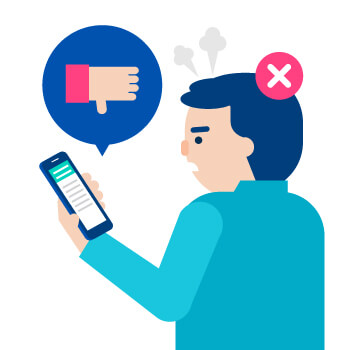
Cold calling is a tough job. You’re going to get a lot of Nos. So think about it like this:
The people who give you a well-deserved Yes are one step ahead of their competition (who may have already given you a No). You are making a difference to their business. Well done.
Document the Call
It’s best practice to take notes as you go, but if you’re using a script or otherwise concentrating on the conversation, typing notes into a CRM might not be an option.
Immediately after hanging up, document call details while they’re still fresh in your mind. Don’t leave out anything, even if you think it’s not significant. When you review the call later, those details can really stick out and may create talking points for future conversations.
Alternatively, consider recording your call so you can listen back later to identify important details or see what you could have done better, or have a refresher ahead of your next call.
End the Call With an Action
There should always be a takeaway from every call, for both you and your prospect. Make it as easy as possible for them to follow through, too. For example, if you’ve agreed to set up a follow-up call, utilize a tool like Calendly to share a scheduling link that allows the prospect to easily and automatically select a time that works, without all the back-and-forth.
Follow Up
Regardless of how the call went, send the prospect a quick follow-up email immediately after hanging up to thank them for their time and outline next steps, if there are any. This extra touchpoint gives them a way to easily contact you, and leaves them with a positive impression of you and your company.
If it will be longer than a week before your next touchpoint (i.e. a scheduled meeting, follow-up call, etc.), send another email prior to the next step to let them know you’re looking forward to your upcoming conversation.
Make Your Call Matter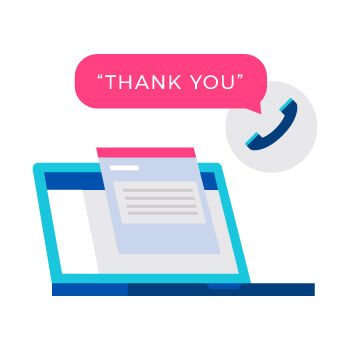
Get ready, here’s the golden rule. Your call needs to matter.
Remember, you’re reaching out to people who have no idea who you are or why they should give you their valuable time.
Your objective for the call should be important to the person you’re calling, first and foremost. If there’s something in it for them, you’ll have a much better chance of getting them to take your call.
Bottom Line
Some of these tips may be obvious, and they may sound simplistic. But you’d be surprised at how often they’re forgotten.
If you’re looking for cold calling tips, you don’t necessarily need another script, more pep talks, or better affirmations.
The first thing you need is the right mindset. Believe it or not, that trumps every other cold calling tips you might learn. But you also need the right foundations, things like proper goals and plenty of practice.
That’s a good place to start improving your cold calls. Then try the other tips in this list, until they become second nature and send your success rate soaring.




